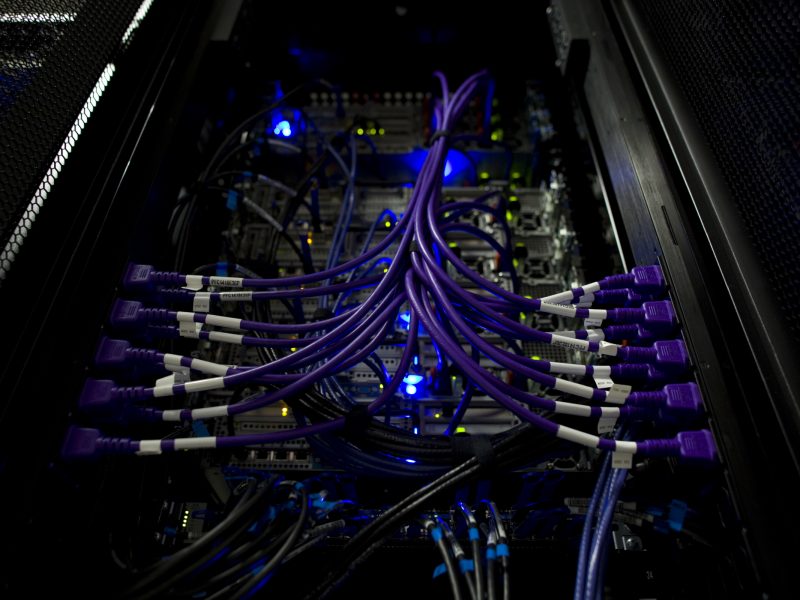Physical Unclonable Functions (PUFs) to Secure Data and Detect Corruption
Description
This technology uses physical unclonable functions (PUFs) to mitigate data corruption resulting from malicious attacks, software bugs, or harsh environments. A technique is implemented to provide redundant data that cannot be predicted by an attacker, with the redundant data being generated in such a way that it differs from chip to chip. The main principle relies on data storage in addition to the functional, sensitive data, a tamper-proof tag uniquely linked to the sensitive data and the chip. The tamper-proof tag is a PUF response to a challenge, dependent on the data to be stored. Both the sensitive data and the tag are stored in the memory, next to each other. When the computing unit loads (reads back) the data, the PUF is concurrently challenged. At this time, the associated tag and data are compared and send an alarm if corruption is detected.
Additional information
Patent number and inventor
17/018,493
Bertrand Cambou, Paul G. Flikkema, and David Hely.
Potential applications
This technology is designed for use in cybersecurity.
Benefits and advantages
This technology addresses the security and safety issues induced by malicious or natural data corruption in integrated circuits. When using PUFs to secure redundant data, the target data is protected from corruption by hackers. Even if an attacker finds a way to corrupt data for a given chip, the attack would not be effective on another chip due to the differing data between chips.
Case number and licensing status
2019-049
This invention is available for licensing.
